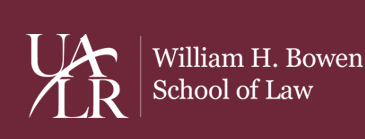Publication Date
2015
Abstract
This Article demonstrates that the cases raising religious liberty challenges to state regulation of weapons in houses of worship reveal the persistent problems plaguing religious liberty cases. First, these cases illustrate the difficulties non-mainstream religious claims face. Courts may not understand the religious nature of the claim or they may devalue claims that do not seem “normal” or “reasonable.” This is compounded by how few religious liberty claimants, especially non-mainstream religions, win their cases. Second, the cases are part of the larger debate about how easy it should be to get judicially imposed religious exemptions from general and neutral laws. Uncritically granting exemptions could undermine the statutory scheme and the rule of law. Too stingy an approach and religious freedom becomes an empty promise. Third, the cases show the problems with a neutral approach. Neutrality is often held out as the appropriate touchstone for religious liberty analysis. Finding a neutral standpoint, however, is difficult, if not impossible, especially when dealing with religion. This difficulty forces courts to find “neutrality” by silently relying on their background assumptions about religion, which only exacerbates the problems of non-mainstream claimants. These three difficulties have relevance to the current litigation concerning the Patient Protection and Affordable Care Act.
This Article concludes that these persistent problems flow from the ambiguity about religious liberty's purpose. Adopting one or another perspective dictates the paths that courts take in religious liberty cases.
Document Type
Article
Recommended Citation
John M.A. DiPippa, God and Guns: The Free Exercise of Religion Problems of Regulating Guns in Churches and Other Houses of Worship, 98 Marq. L. Rev. 1103 (2015).
Included in
Available at: https://lawrepository.ualr.edu/faculty_scholarship/177
